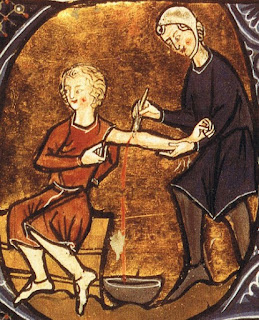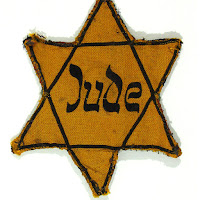After an assassination attempt on him that used poison and sorcery, he turned his attention to condemning witchcraft. His bull of 1326 said:
With grief we discover, and the very thought of it wrings our soul with anguish, that there are many Christians only in name; many who turn away from the light which once was theirs, and allow their minds to be so clouded with the darkness of error as to enter into a league with death and a compact with hell. They sacrifice to demons and adore them, they make or cause to be made images, rings, mirrors, phials or some such things in which by the art of magic evil spirits are to be enclosed. From them they seek and receive replies, and ask aid in satisfying their evil desires. For a foul purpose they submit to the foulest slavery. Alas! this deadly malady is increasing more than usual in the world and inflicting greater and greater ravages on the flock of Christ.
The practice of witchcraft had not been formally condemned prior to this, although there were certainly instances of the authorities trying people for using witchcraft to hurt others. This action by John put witchcraft under the label of heresy; it therefore fell under the jurisdiction of the Inquisition, and those suspected of practicing could be rounded up, questioned, and made to recant or else to suffer.
This papal bull established the official attitude toward witchcraft for the rest of the Middle Ages. But the question raised is: How big a deal was witchcraft? Was it popular? What form did it take? Let's look at witchcraft tomorrow.














